MUMBAI, India: For decades, the central question surrounding dental implantology has been one of longevity. Clinicians and patients alike have sought assurance that this significant investment in oral health would stand the test of time. A comprehensive analysis of long-term clinical data from high-impact factor journals, spanning 20 to 40 years, provides a definitive answer: dental implants offer exceptional, predictable long-term survival and success, but this durability is fundamentally tied to a systematic commitment to supportive therapy.
A consolidation of evidence from peer-reviewed systematic reviews and meta-analyses demonstrates that the long-term viability of dental implants is no longer in question. Contemporary data reveal implant survival rates ranging from 88% to an impressive 95% at the 20- to 25-year mark. Even more remarkably, ultra-long-term studies tracking implants for over 30 and even up to 40 years report survival rates exceeding 95%. This confirms that modern titanium implants are engineered for a lifetime of function.
Stability of peri-implant bone
One of the most compelling findings is the long-term stability of peri-implant bone. Across multiple studies, marginal bone loss is consistently minimal, typically measuring less than 2 mm over two decades. The data also present a clear pattern of failure: the vast majority of implant losses occur within the first three years of service, after which the survival remains steady. Implants that successfully integrate and navigate this initial period demonstrate exceptional stability thereafter, making early-phase monitoring critical and long-term outcomes highly predictable.
Peri-implant diseases
While implant survival is high, the prevalence of peri-implant diseases from meta-analyses indicates that while nearly two-thirds of patients may experience peri-implant mucositis, the progression to destructive peri-implantitis is far from inevitable. Long-term studies place the incidence of peri-implantitis between 7% and 30% over 25 years.
However, these figures are dramatically influenced by patient compliance. One landmark 40-year follow-up study reported zero cases of peri-implantitis, underscoring a crucial point: biological complications are largely manageable, and often preventable, through diligent professional maintenance.
Long-term supportive care
The evidence unequivocally identifies systematic Supportive Implant Therapy (SIT) as the single most critical factor in ensuring long-term success. A 25-year study by Frisch et al. found that 60% of implants in SIT-compliant patients showed no signs of peri-implantitis over the entire period.
The contrast with non-compliance is stark, particularly for patients with a history of periodontitis. Data shows that periodontally compromised patients who fail to adhere to a supportive care regimen face an odds ratio of 14.59 for implant loss. This transforms SIT from a mere recommendation into an essential, non-negotiable component of the implant treatment continuum. While risk factors such as smoking, diabetes, and a history of periodontitis are significant, their impact can be profoundly mitigated by a robust maintenance protocol.
Conclusion
The data is clear: a high success rate in the long-term can be ensured with years of diligent follow-up & supportive care. Prosthetic components will require maintenance and eventual replacement, but the implant fixture itself is capable of outlasting the patient.
This body of evidence calls for a clinical paradigm shift. The conversation with patients must evolve to frame implant therapy as a lifelong partnership. The true measure of success is not just a well-integrated implant, but healthy peri-implant bone and soft tissues all around and a healthy, functional restoration decades later. This can only be achieved when systematic, supportive care is considered as integral to the treatment plan as the implant itself.
More details and references can be found here
Editorial note:
The long-term data collected was published as a pre-print on ResearchGate by Dr Rajeev Chitguppi. It can be accessed here
Topics:
Tags:
Leuven, Belgium: As digital dentistry continues to evolve, artificial intelligence (AI) is stepping into roles once thought to require exclusively human ...
Dr. Daniel Buser is a globally recognised pioneer and thought leader in implant dentistry, renowned for his groundbreaking contributions to Guided Bone ...
Our understanding of soft tissue phenotype around teeth and implants will improve as we utilise novel technologies and advance our knowledge from studying ...
Even teeth deemed hopeless have been salvaged through thorough periodontal care and diligent supportive treatment. Patients treated for aggressive ...
KUALA LUMPUR, MALAYSIA: Dental implants have revolutionized the replacement of missing teeth by creating ideal outcomes with regards to aesthetics and ...
BUFFALO, N.Y., US: Formation of an effective soft-tissue seal around dental implants can be supported by modifying implant surfaces. A research team from ...
Technology is now pervasive in dentistry, and implantology is no exception. Intra-oral and face scanners, CBCT and digital condylographs allow us to acquire...
Dr. Vinay Kumar is a Maxillofacial and Oral Surgeon with a long association with ITI as a scholar and researcher. A renowned clinician, educator, and ...
MIAMI, US: Yomi, a robot-assisted surgical device developed by the healthcare start-up Neocis, gained FDA clearance for general dental implant procedures in...
Renowned implantologist, great educator, and one of the most sought-after experts in the field of implantology - Dr. Narayan Venkatraman answers questions ...
In this editorial, Dr. Neel Bhatavadekar briefly outlines the long-term comparison between two main techniques for soft tissue grafting: tunneling vs. ...
GOTHENBURG, Sweden: Even though high survival rates have been reported for dental implants, biological or technical complications affecting the implant, the...
Dr Udatta Kher has made significant contributions to the field of implant dentistry. He has developed a wealth of clinical evidence on Socket Shield. He has...
Dr Patrick Palacci, a name that is synonymous with 'Palacci Technique,' is known for creating several novel techniques in Periodontics & Implantology with ...
Live webinar
Mon. 22 December 2025
11:30 pm IST (New Delhi)
Live webinar
Mon. 12 January 2026
7:30 pm IST (New Delhi)
Prof. Judith Jones D.D.S; M.P.H., Prof. Kakuhiro Fukai D.D.S., Ph.D, Dr. Bathsheba (Bethy) Turton
Live webinar
Wed. 14 January 2026
10:30 pm IST (New Delhi)
Dr. Théo Laplane, Dr. Robert Gottlander DDS
Live webinar
Fri. 16 January 2026
10:30 pm IST (New Delhi)
Live webinar
Mon. 19 January 2026
11:30 pm IST (New Delhi)
Philipp Kopp, Michael Seeber
Live webinar
Fri. 23 January 2026
12:30 am IST (New Delhi)
Dr. Nicola M. Grande DDS, PhD
Live webinar
Wed. 28 January 2026
6:30 pm IST (New Delhi)



 Austria / Österreich
Austria / Österreich
 Bosnia and Herzegovina / Босна и Херцеговина
Bosnia and Herzegovina / Босна и Херцеговина
 Bulgaria / България
Bulgaria / България
 Croatia / Hrvatska
Croatia / Hrvatska
 Czech Republic & Slovakia / Česká republika & Slovensko
Czech Republic & Slovakia / Česká republika & Slovensko
 France / France
France / France
 Germany / Deutschland
Germany / Deutschland
 Greece / ΕΛΛΑΔΑ
Greece / ΕΛΛΑΔΑ
 Hungary / Hungary
Hungary / Hungary
 Italy / Italia
Italy / Italia
 Netherlands / Nederland
Netherlands / Nederland
 Nordic / Nordic
Nordic / Nordic
 Poland / Polska
Poland / Polska
 Portugal / Portugal
Portugal / Portugal
 Romania & Moldova / România & Moldova
Romania & Moldova / România & Moldova
 Slovenia / Slovenija
Slovenia / Slovenija
 Serbia & Montenegro / Србија и Црна Гора
Serbia & Montenegro / Србија и Црна Гора
 Spain / España
Spain / España
 Switzerland / Schweiz
Switzerland / Schweiz
 Turkey / Türkiye
Turkey / Türkiye
 UK & Ireland / UK & Ireland
UK & Ireland / UK & Ireland
 International / International
International / International
 Brazil / Brasil
Brazil / Brasil
 Canada / Canada
Canada / Canada
 Latin America / Latinoamérica
Latin America / Latinoamérica
 USA / USA
USA / USA
 China / 中国
China / 中国
 Pakistan / Pākistān
Pakistan / Pākistān
 Vietnam / Việt Nam
Vietnam / Việt Nam
 ASEAN / ASEAN
ASEAN / ASEAN
 Israel / מְדִינַת יִשְׂרָאֵל
Israel / מְדִינַת יִשְׂרָאֵל
 Algeria, Morocco & Tunisia / الجزائر والمغرب وتونس
Algeria, Morocco & Tunisia / الجزائر والمغرب وتونس
 Middle East / Middle East
Middle East / Middle East
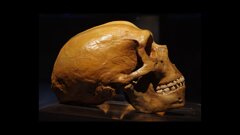

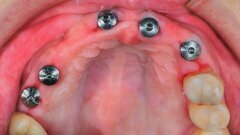
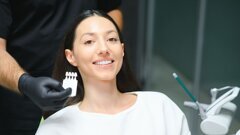









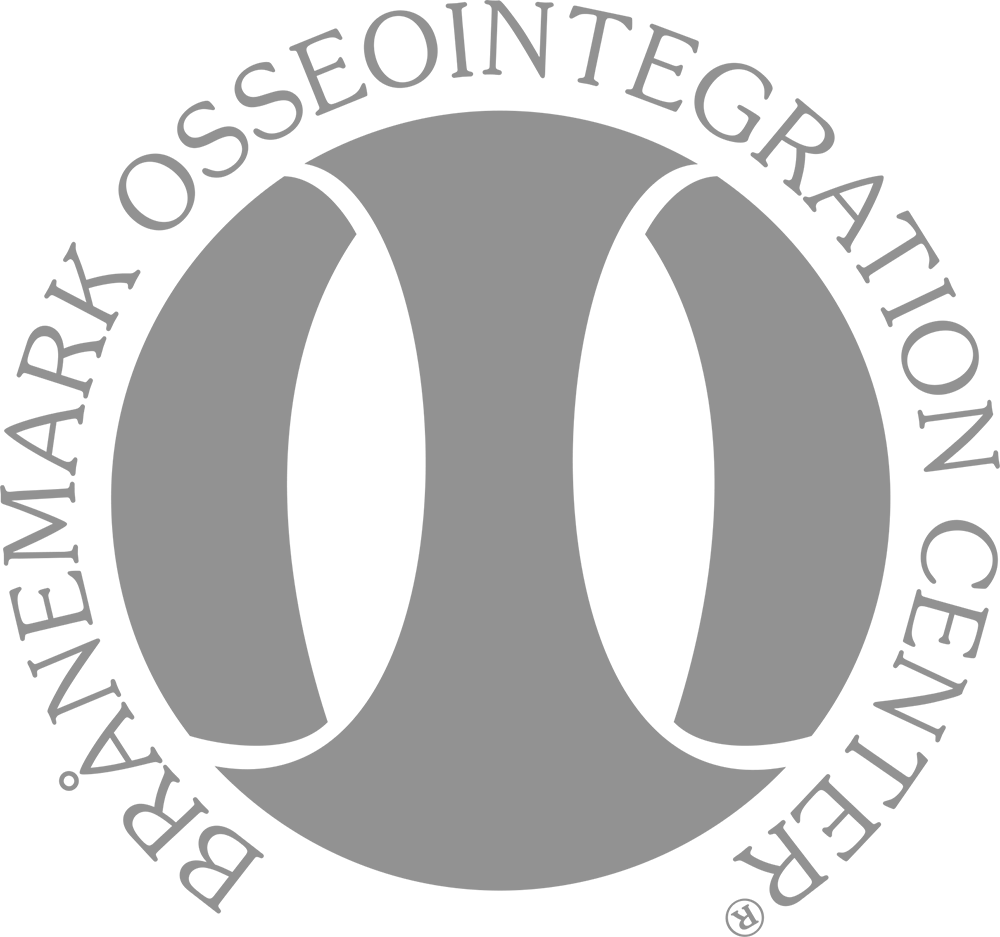















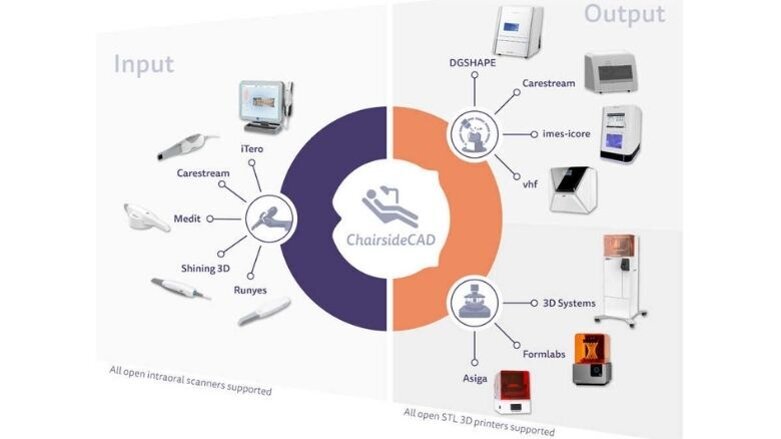



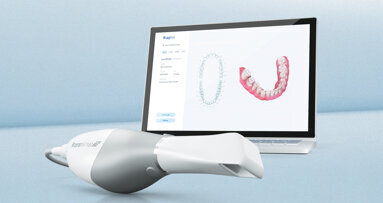

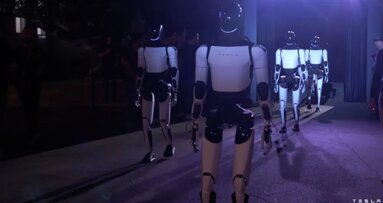
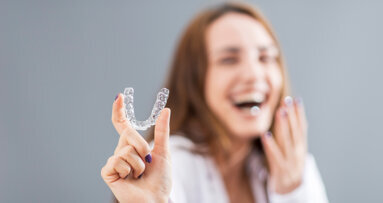
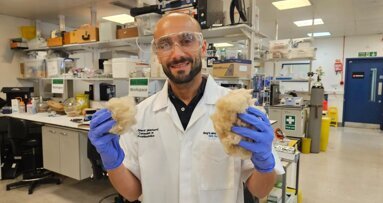
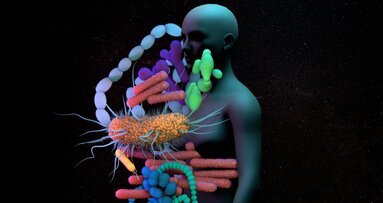
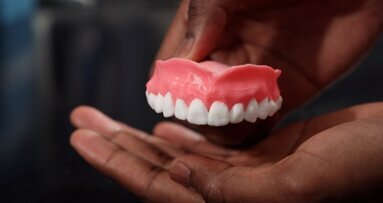
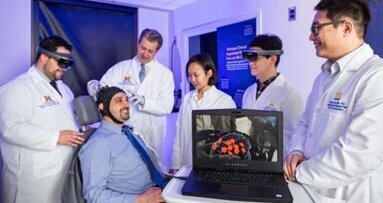

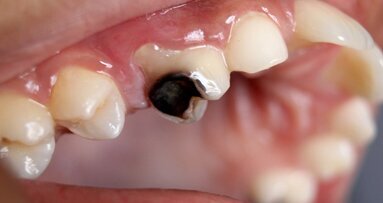











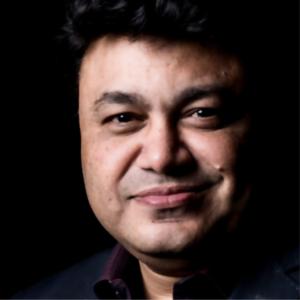
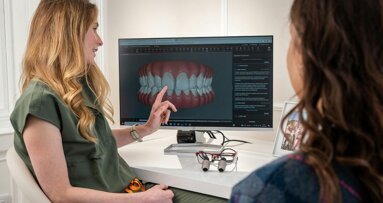
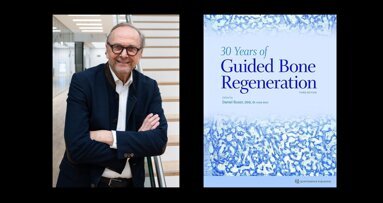
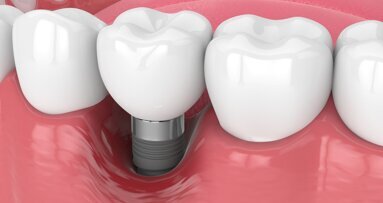
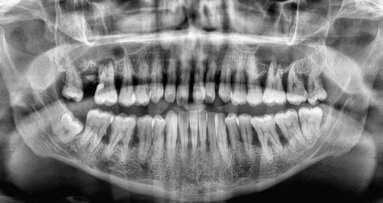

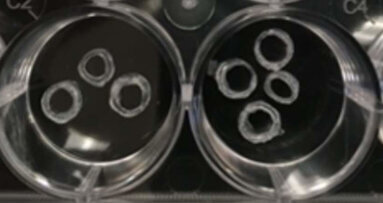


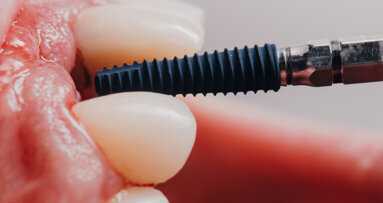
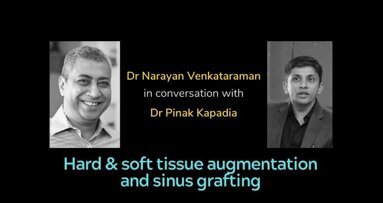
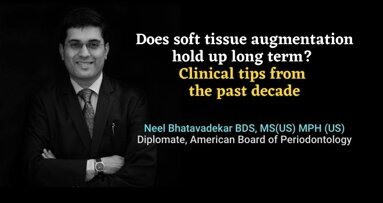
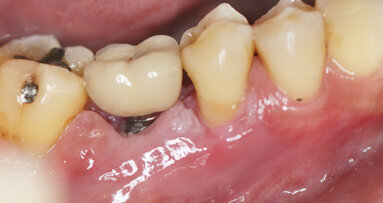
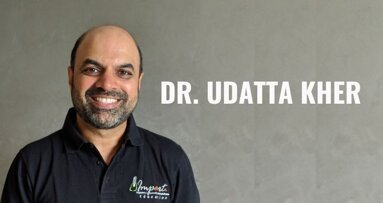









To post a reply please login or register